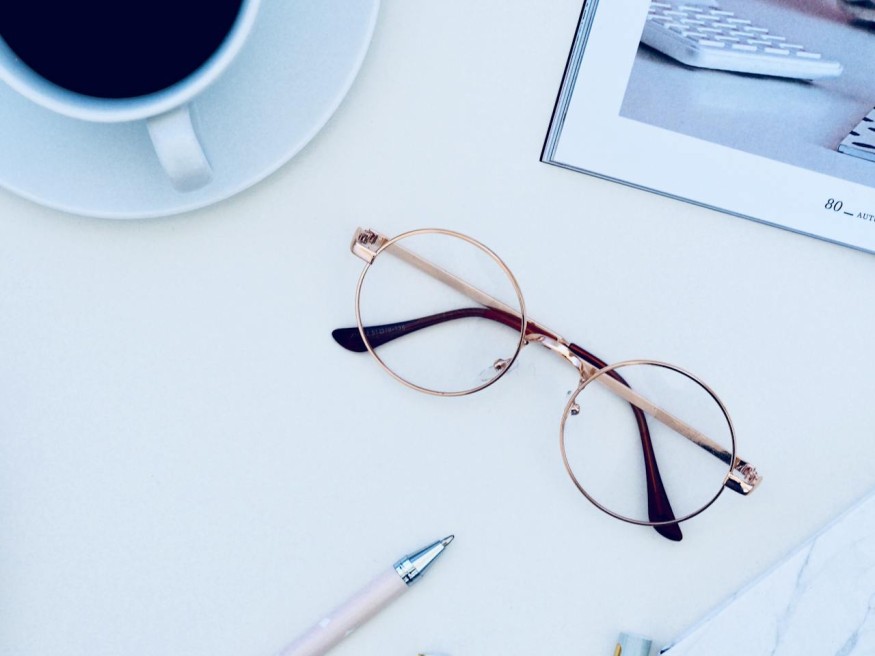Eyeglasses Are in High Demand Due to the Increased Cases of Myopia in the US

People need eyeglasses more than ever as myopia cases in the US continue to rise. Children, in particular, have been diagnosed with myopia or nearsightedness at increasingly high rates in the past few decades. Meanwhile, across racial demographics, a systematic review from the Journal of Clinical Medicine notes that the prevalence of myopia among Latino Americans is 1.8%. While this is considered low compared to other racial groups like Chinese (11.8%), it is still concerning since the stretched-out shape of the eyeballs in myopia cases makes it harder for the eyes to focus images onto the retina properly.
Due to the unusual shape of their eyeballs, people with myopia will have to rely on eyeglasses to see images correctly. As such, experts believe eyeglasses will be in demand for many years-or even decades-because of the increasing number of myopia cases among Americans, including the Latino population.
Rising Cases of Myopia among Americans
Within the US, myopia is actually becoming common among Americans from different age ranges and racial backgrounds. Another comprehensive study on myopia showed that 28.1% of white Americans are diagnosed with the eye condition, while 19.4% of black Americans also have myopia. Meanwhile, the Los Angeles Latino Eye Study also shows that 26.2% of Latino Americans aged 40 years and older have nearsightedness. While these rates already make up a significant part of the population, the World Health Organization projects that the prevalence of myopia will further rise because people are spending more time on their computers and smartphones in the digital age.
To illustrate, Latino teens' social media use has reportedly increased in recent years. Among the participants in a Gen Z study, 45% said they used TikTok at least once a day, with 11% spending more than five hours daily. Among the 52% who used YouTube at least once a day, 14% spent more than five hours a day watching videos. This excessive exposure to gadgets puts these children at risk of not only mental health problems but also worsened myopia, mainly due to the harmful blue light emitted by digital screens.
The High Demand for Eyeglasses in the US
People with myopia have blurry vision. Thus, it's crucial for them to get prescription eyeglasses to help their eyes focus on light properly. People with myopia need to go to trusted retailers with expert opticians to find prescription glasses that are suitable to their specific needs. To illustrate, people who use gadgets for prolonged periods of time may need to add high-quality BlueReflect lenses to their prescription glasses so that they can protect their eyes from the blue light emitted by computers and smartphones. They also need specialty lenses with a concave shape to reduce the refraction of light and correct the image formed on the retina.
These prescription glasses are a need for people with myopia, which is why it's not surprising that the eye condition is a key factor that drives the growth of the eyeglasses market. In fact, the global market for eyeglasses is projected to reach $197.2 billion by 2027, with a CAGR of 5%. Specialty lenses are also important for people with myopia, which is why lenses are projected to reach $76.9 billion by 2027 with a 4.8% CAGR.
The eyeglasses industry currently has the biggest market in the US due to the high amount of myopia cases, but it's estimated that China will become the fastest-growing market in the next few years. For more relevant news and updates, check out our articles here at Latin Post.
Subscribe to Latin Post!
Sign up for our free newsletter for the Latest coverage!
© 2025 Latin Post. All rights reserved. Do not reproduce without permission.














